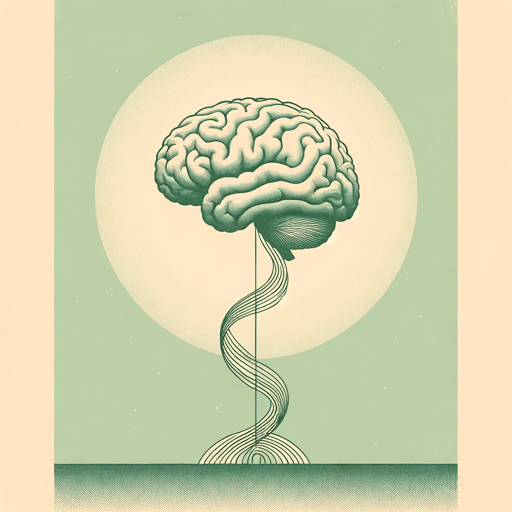46 pages • 1 hour read
Norman DoidgeThe Brain That Changes Itself: Stories of Personal Triumph from the Frontiers of Brain Science
Nonfiction | Book | Adult | Published in 2007A modern alternative to SparkNotes and CliffsNotes, SuperSummary offers high-quality Study Guides with detailed chapter summaries and analysis of major themes, characters, and more.
Themes
Localizationism and Research on Neuroplasticity
Localizationism is an approach to neuroscience that separates the brain into different areas, each in charge of processing a specific type of information. This theory has a rigid understanding of brain structure and until the 1960s assumed permanent damage to an area meant all its processes were lost. For example, neuroscientists believed damage to the Broca area might prevent speech. The Brain That Changes Itself explains there are three main reasons for the scientific community’s initial skepticism of neuroplasticity. The first reason is that early on, people who suffered brain damage rarely recovered their full faculties; instances of recovery were dismissed as outliers. The second reason is the lack of tools to measure the living brain, which rendered the organ mysterious. The third reason is the preeminence of certain schools of thought, which encouraged the belief of the body as either a hardwired machine or a passive vessel responding to outside stimuli—both of which tend to dismiss plasticity. As per philosopher René Descartes, Cartesianism separates the body (including the brain, framed as unchanging) from the soul (the true self, capable of change). Meanwhile, behaviorism depicts human and animal biology as largely passive; related research focuses on learning how the body responds to stimuli, and tends to portray this response as reflexive, rather than the product of learning.

